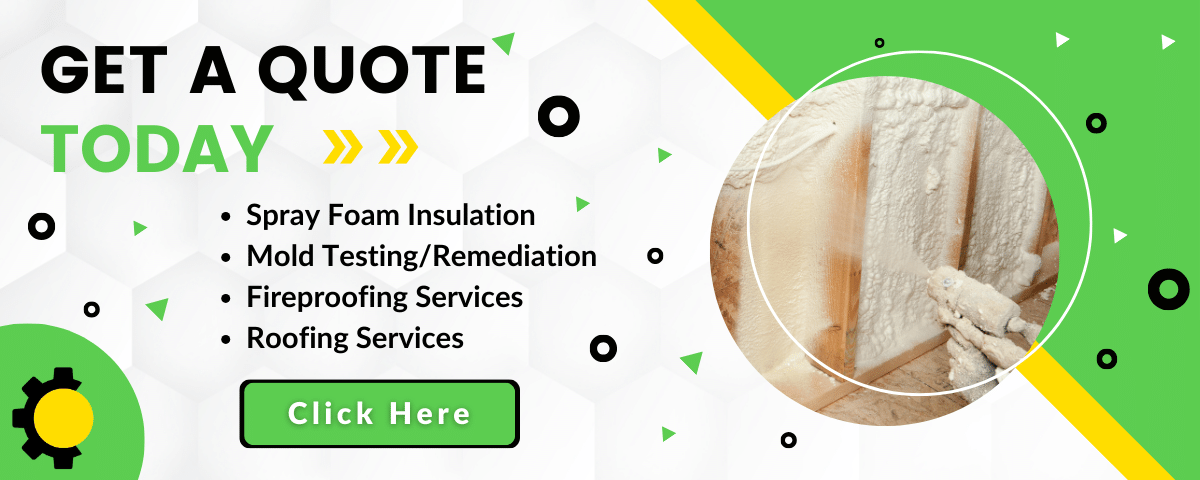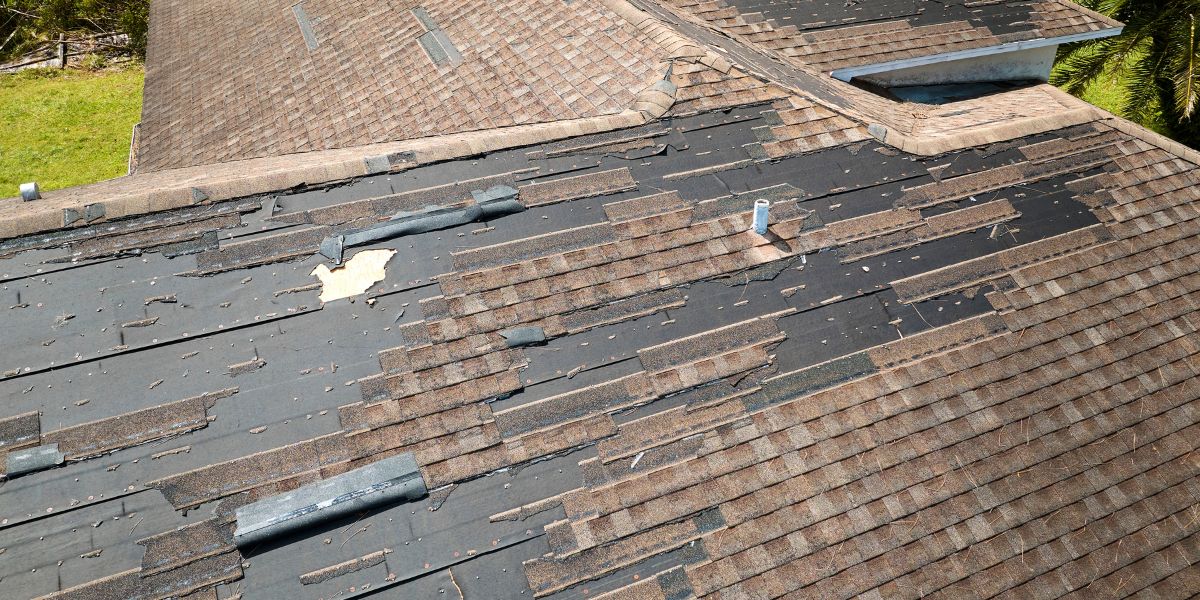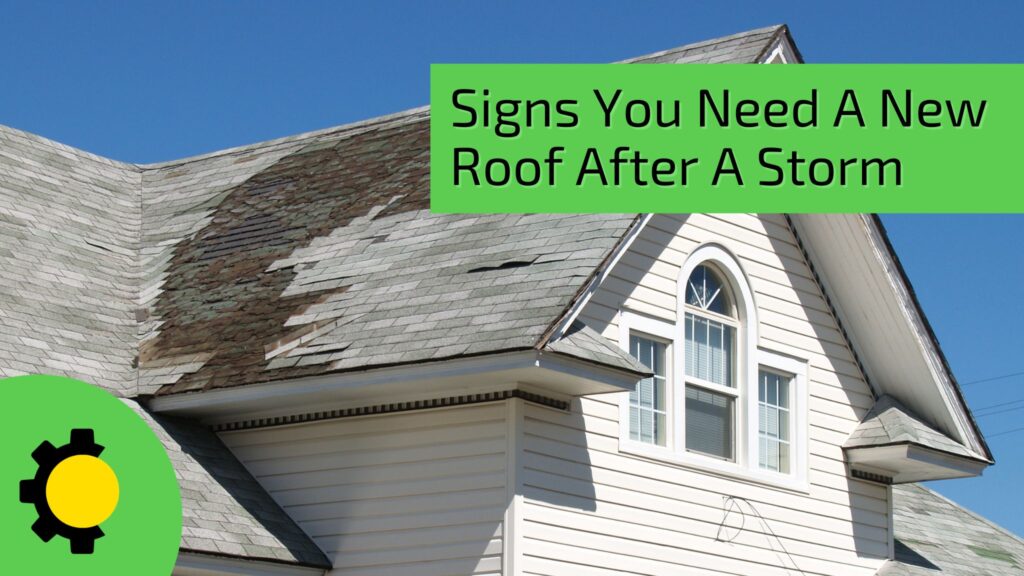A sudden storm can wreak havoc on your home, particularly on your roof, which acts as the primary shield against the elements. Even the sturdiest roofing materials can be compromised during severe weather. At Sunlight Contractors, we know how tough it can be to determine whether storm damage calls for a repair or a full roof replacement. In this guide, we’ll outline five key signs that signal when a roof replacement might be necessary after a storm hits.
Serving countless homeowners in the greater New Orleans area who’ve faced tropical storm damage, our team has effectively resolved many storm-related roofing issues. By the end of this guide, you should feel more equipped to decide whether your roof requires repair, replacement, or ongoing maintenance.
Types of Roof Storm Damage
Storm damage can vary greatly, but certain types of harm are especially common:
1. Wind Damage
High winds, such as those reaching hurricane levels at 74 mph or more, or even gale-force winds at 39-54 mph, can seriously damage a roof. High gusts may tear or entirely remove shingles, exposing the underlayment and roof deck to potential water damage. Less intense storms can also cause issues when gusts lift and curl shingles, which weakens their waterproof seal and allows moisture to infiltrate.
2. Hail Damage
While hailstorms are typically short-lived, they can leave a lasting impact. Hailstones often dent shingles or dislodge granules that protect the roof from sun and rain. When granules are lost, the roof becomes more susceptible to environmental damage and may look worn out. Over time, hail damage can accelerate the amount of time before needing a new roof.
3. Standing Water
If a roof lacks proper drainage, standing water can become a problem after heavy rainfall. In areas where water collects or where gutters are clogged, moisture can seep through the shingles, underlayment, or even into the roof deck, causing rot and structural problems that may require significant repairs or a full roof replacement.
4. Debris Impact
Storms often leave debris behind, from small branches to heavy tree limbs. Larger debris can cause immediate damage by denting or puncturing shingles, making the roof more vulnerable to leaks. Even smaller debris, if left on the roof, can trap moisture and create problems over time.

5 Clear Indications That You Need A Roof Replacement Due to Storm Damage
If you spot any of these warning signs after a storm, it may be time to consider a roof replacement to fully protect your home.
1. Missing or Damaged Shingles
One of the most noticeable signs of storm damage is missing or visibly damaged shingles. After a storm, inspect your roof carefully. Shingles that are curled, cracked, or entirely absent indicate that the protective layer of your roof has been compromised. High winds and hail are frequent culprits for this type of damage, and when large areas are affected, a complete roof replacement may be the most reliable solution to prevent further issues.
2. Water Leaks or Stains
If you notice water stains on ceilings or walls, it’s often a clear indicator of storm-related roof damage. Discolored patches or damp spots can signal water seeping through the roof’s protective layers. If left unchecked, this can lead to mildew, compromised insulation, and further structural damage. Also, inspect the attic for signs of moisture, as persistent leaks usually indicate that the roof’s integrity is compromised. In such cases, a full roof replacement may be the most effective way to prevent recurring water issues and protect the home’s interior.
3. Granule Loss
After a storm, inspect your property for granules—small, gritty particles that may appear in gutters or around your home. These granules, which typically cover asphalt shingles, are essential for shielding the roof against rain, UV rays, and other weather elements. Finding a noticeable amount of granules on the ground or in gutters can mean the shingles are wearing out or have been damaged by the storm. Granule loss reduces the roof’s effectiveness, so if this is widespread, it’s wise to consider a roof replacement.
4. Structural Issues
Sagging or uneven sections on the roof often indicate more serious storm damage. Such structural concerns can result from water accumulation or weakening of the roof’s support. If left unattended, these structural problems can escalate, causing further instability. Getting a professional assessment is crucial for determining the best course of action. In many cases, a full roof replacement will be necessary to restore the roof’s strength and provide reliable protection.
5. Damage From Debris
Storm debris, including branches or even large tree limbs, can cause visible or hidden damage to a roof. If a large object has fallen, it may puncture the surface or compromise underlying support layers. Even when the impact is not visible from the ground, the shock from debris can weaken the roof, making it more vulnerable to future storms. A professional inspection is essential here to determine if the damage warrants simple repairs or if a complete replacement is the safer, long-term solution.

How to Handle Roof Repairs After a Storm
Not all storm damage requires a roof replacement; minor issues can often be resolved with targeted repairs. Start by assessing the extent of the damage, looking for missing shingles, small leaks, or areas impacted by debris. Even if the issues seem minor, consulting a roofing professional is typically a wise decision. They can identify underlying problems that may not be immediately apparent and ensure repairs are done correctly. This approach is especially beneficial in areas prone to severe weather, like Sandy Springs, where roofs may experience recurring damage.
If you’re uncertain about the extent of the damage, a professional evaluation can provide peace of mind and guidance on the best path forward.
Frequently Asked Questions
Will My Insurance Cover Storm Damage to My Roof?
Yes, in most cases, insurance companies offer full or partial coverage for roof damage caused by storms. However, policies vary, so review your coverage details to understand what’s included for storm-related repairs or replacements. Contact your insurer for clarity on specific coverage terms and any required documentation.
How Long Can a Tarp Stay on the Roof?
A temporary tarp can provide protection for up to 90 days (around three months). While tarps can help prevent further damage in the short term, they are not a substitute for repairs or replacement and shouldn’t be left on for extended periods. It’s best to schedule necessary repairs as soon as possible.

